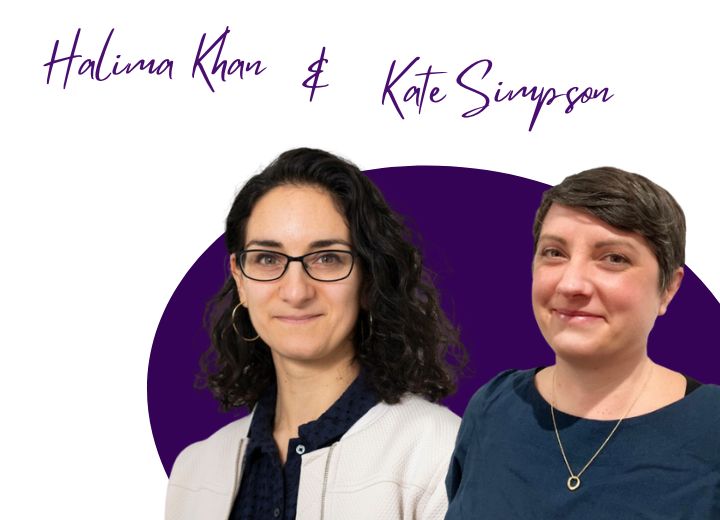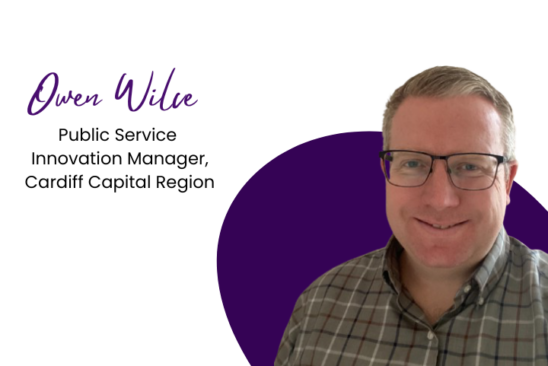Authors
Public services are facing a polycrisis of increasingly complex challenges and increasingly constrained resources. In this context it is easy to assume that improvement will take years. But, while change at scale does take time, that’s not the whole story.
An important starting point is that many long-term goals are already clear. Manage long-term conditions well. Avoid unnecessary hospital admissions. Reduce health inequalities. Provide early support for mental ill health. The challenge is often how to turn these long-term goals into immediate action.
This can be helped by recognising that change is not just a marathon, it can also be a sprint. In fact, breaking up the long-term marathon into a set of sprints can be surprisingly effective.
For a decade, the People Powered Results Team at Nesta successfully demonstrated the power of the 100 day challenge approach as a way to bring together both the marathon and the sprint. At PPL, we are now able to build this practical, proactive and impactful methodology to our work across the UK to improve and transform public services. We recognise the power of a sprint method that helps public services achieve long-term goals by closing the implementation gap via frontline involvement, practical testing and deep collaboration.
The method is well-evidenced, drawing on a strong knowledge base on how to achieve transformational change from business management, behavioural science, design and innovation. The approach has also been tried and tested in the UK and around the world in many different sectors and issues, including the NHS and social care.
A 100-day challenge is particularly well-suited to the current challenges facing public services because it works with available resources – often uncovering duplication and underused resources – and motivates and engages staff, even where there is exhaustion and overwhelm.
The method brings strategy to life by turning it into action on the ground which, in turn, enables the strategy to be further improved. It is particularly effective at deepening collaboration across organisational boundaries – points of confluence which are often drivers of system failure as well as the place where traditional transformation efforts often founder.
The approach starts by bringing leaders across a local public service system together. In the case of health and care, for example, senior leaders in the ICB (Integrated Care Board), NHS trusts, local authorities, independent providers and the voluntary sector. They are supported to identify a shared challenge, drawn from current priorities, which they want to work on together. This is often a high-priority existing commitment which needs an injection of pace and action.
Once the challenge has been set, the leadership group gives permission to frontline teams to test new ways to solve it. These teams are made up of staff who, together, represent the whole system — for example, a social care manager, GP, nurse, domiciliary carer, consultant and VCSE representative. Together they design and test new solutions on the ground. For example, one team streamlined a referral process including cutting down a referral form from twenty pages to two. Another team moved a diabetes clinic from a medical setting into a community space, with wraparound support from wider organisations.
During the challenge, metrics are monitored using live data to track progress. Teams adapt their solutions week-by-week, learning from the data and practical testing on the ground. The leadership group are kept informed, provide oversight, unblock obstacles and give feedback and encouragement.
At the end of the challenge, the leadership group come together with frontline teams to reflect on progress and decide next steps, including which solutions to develop further and scale.
This might sound promising, but how can progress over 100 days be more than just a ‘flash in the pan’?
The whole method is designed to foster not just short-term wins but long-term resilience. This is reflected in the legacy of higher quality collaboration between staff at all levels, the embedding of new ways of working and the scaling of specific, effective solutions. An individual 100 day challenge is often cited as the moment when a local system realised how it could be working differently, with positive impacts rippling out long after the 100 days are over.
We are delighted to bring this method to PPL, having put it into practice in more than 30 local public systems across the UK over the past ten years, in a context of increasing demand and reducing capacity. As the pressures on public services grow, we hope 100 day challenges will help move public service systems closer to their ultimate goals by turning marathons into sprints.
Are you in a public service system where there’s an agreed strategic direction but it’s not yet clear how to put it into action? Or perhaps you have a priority – such as hospital discharge – that needs a depth of partnership working that hasn’t yet been achieved?
If so, do get in touch as we’d be happy to have an informal chat.






